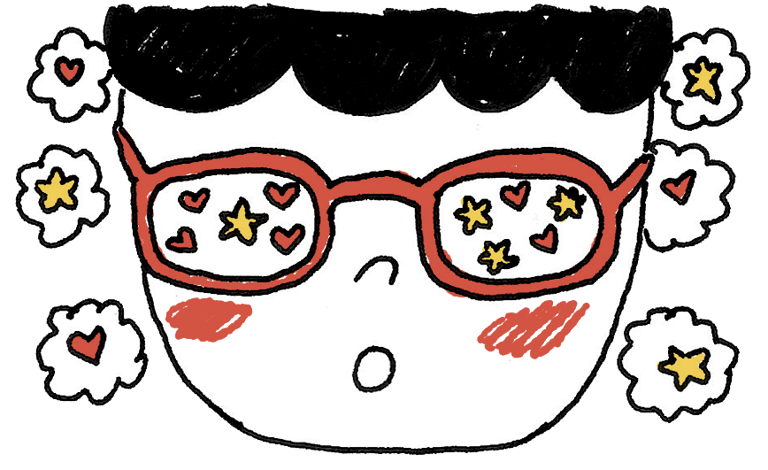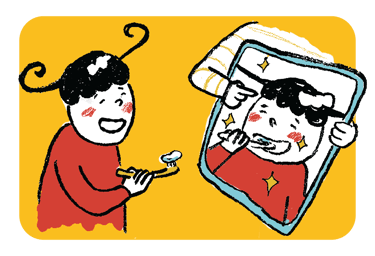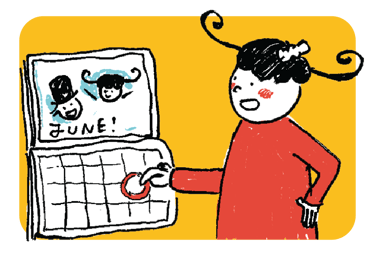Show Consequences
CHANGE
Lauren Alys Kelly
1/5/20253 min read
CHANGE
Show Consequences
sss


IN BRIEF
Attitudes & Beliefs shape what we see, how we decide, and what we do.
They act as filters that help us navigate the world but can also limit change.
To shift them: Make the change easy, show real-world consequences, use social proof, and encourage small steps first.
WHAT IT IS
Attitudes and beliefs act like internal filters. They shape how we interpret the world, influencing our choices and actions, often without conscious thought.
They help us make quick decisions, but they also create blind spots. We defend them, even when presented with new evidence. Instead of updating what we believe, we often reinterpret the facts to match our existing views.
E.g. Someone believes all fast food is unhealthy.
They avoid it, even when options like salads exist.
HOW IT INFLUENCES US
Attitudes & Beliefs shape how we see, decide, and act:
1. They shape perception
We notice things that match what we already believe. If we think a politician is corrupt, we focus on scandals and ignore positive reports.
2. They guide actions
A positive attitude toward exercise makes us more likely to work out. A belief that “I’m bad at maths” leads to avoidance, even if skills could improve.
3. They drive decisions
If someone believes climate change is a hoax, they won’t support green policies, no matter how strong the evidence.
4. They affect social interactions
If we assume a group is untrustworthy, we avoid them. Even without personal experience.
HOW TO SPOT IT
Want to know if attitudes and beliefs are shaping decisions?
Look for these signs:
🔎 People repeat justifications → “We’ve always done it this way.” “That’s just how things are.” These signal deeply held beliefs, not logical reasoning.
🔎 Resistance to change without clear reasons → When new ideas get rejected immediately, it’s often about belief, not facts.
🔎 Cherry-picking information → If someone only accepts facts that confirm their belief and ignores everything else, belief is in control.
🔎 Lack of diversity in ideas → When all solutions sound the same, a dominant belief is limiting creativity.
HOW TO SHIFT IT
Attitudes and beliefs are hard to change, but not impossible. Instead of direct confrontation (which triggers defensiveness), try these tactics:
1. Make the future real
Use Show Consequences to highlight long-term effects. People respond better when they clearly see the impact of their actions.




2. Reframe choices
Use Reconfigure Options to present decisions differently. A new belief often starts with a small shift in how choices are framed.
3. Encourage small steps first
Use Commitment Devices or Schedule Action to create momentum. Small wins shift beliefs over time.




4. Leverage social influence
Use Social Rewards or Group Effort to surround people with others who reinforce the new belief. People adjust their attitudes to fit in.
The Science Behind It
Our brains work hard to protect our existing beliefs. Even when faced with conflicting evidence, we often double down rather than change our minds.
More Why People Do Things
Copyright © 2025 Alterkind Ltd. All rights reserved. Behaviour Thinking is a registered trademark of Alterkind Ltd.
For licensing inquiries, additional permissions, or to learn more about the terms of use, please contact support@behaviourkit.com.
Contact us
Or email us direct:
hello@behaviourkit.com
